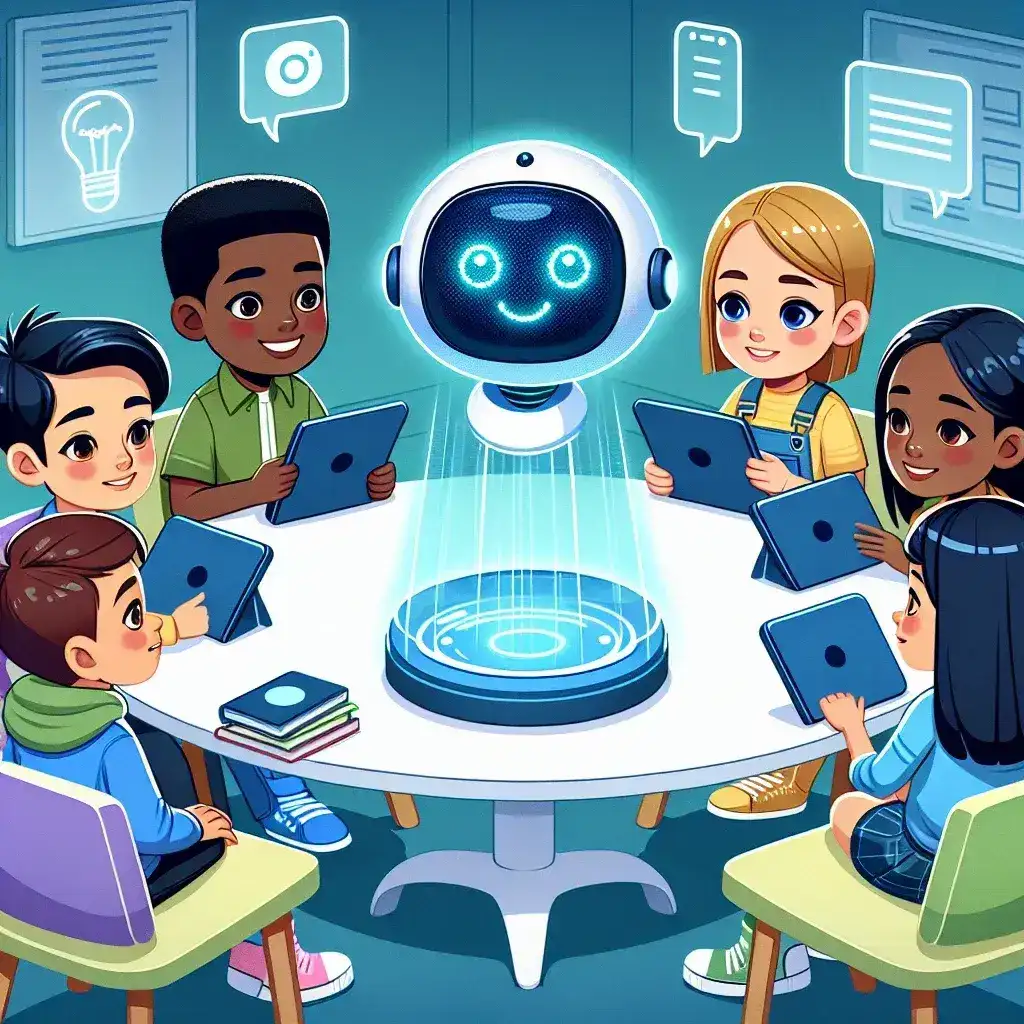Introduction
In recent years, the educational landscape has undergone significant transformations, driven by technological advancements and the increasing integration of artificial intelligence (AI) into various sectors. One noteworthy development is Microsoft Word’s initiative to pilot AI-powered collaborative essay grading in U.S. schools. This innovative approach aims to streamline the grading process, foster collaboration among students, and enhance educational outcomes. In this article, we will explore the implications of this initiative, its potential benefits, challenges, and what it means for the future of education.
Understanding AI-Powered Grading
AI-powered grading refers to the utilization of artificial intelligence algorithms to assess and evaluate written assignments. Unlike traditional grading methods, which rely solely on human judgment, AI grading systems analyze various parameters such as grammar, structure, coherence, and even creativity. By leveraging natural language processing (NLP) and machine learning techniques, these systems can provide instant feedback to students, helping them to improve their writing skills.
The Microsoft Word Initiative
Microsoft’s initiative to pilot AI-powered collaborative essay grading is a response to the pressing need for efficient grading solutions in educational institutions. With teachers often overwhelmed by the volume of assignments, this technology seeks to alleviate their workload while maintaining high educational standards. The pilot program operates within a collaborative framework, allowing students to work together on essays, receive real-time feedback, and learn from each other’s writing styles.
Goals of the Pilot Program
- Enhancing Feedback: Providing students with immediate feedback on their essays to facilitate learning and improvement.
- Reducing Grading Time: Allowing teachers to focus on instruction rather than spending hours on grading.
- Encouraging Collaboration: Promoting teamwork among students by enabling them to collaborate on writing assignments.
- Improving Writing Skills: Helping students develop their writing abilities through targeted feedback.
Benefits of AI-Powered Collaborative Essay Grading
The implementation of AI in the grading process brings several advantages to both educators and students. Here are some of the key benefits:
1. Time Efficiency
One of the most significant advantages of AI-powered grading is the reduction in the time required for evaluation. Teachers can efficiently manage their workload, allowing them to dedicate more time to instructional activities, mentorship, and personalized student support.
2. Consistency in Grading
AI systems are designed to provide consistent assessments based on predefined criteria. This consistency helps eliminate biases that may arise from human grading, ensuring that all students are evaluated fairly.
3. Immediate Feedback
With real-time feedback, students can quickly understand their strengths and weaknesses in writing. This immediate response creates a more dynamic learning environment where students can actively engage in improving their skills.
4. Collaborative Learning
The collaborative nature of this grading system encourages peer interaction. Students can learn from each other, share ideas, and develop a deeper understanding of writing through collective efforts.
Challenges and Concerns
While the benefits of AI-powered grading are considerable, several challenges and concerns must be addressed:
1. Dependence on Technology
As education becomes increasingly reliant on technology, there is a risk that students might become overly dependent on AI for guidance. It is crucial to strike a balance between technology and traditional learning methods.
2. Limitations of AI
Despite advancements in AI, there are inherent limitations. AI may struggle to assess creative aspects of writing or comprehend nuances in language, which could lead to incomplete evaluations.
3. Data Privacy and Security
With the integration of AI in education, concerns regarding data privacy arise. Safeguarding student information and ensuring compliance with regulations is paramount.
Future Predictions for AI in Education
The future of AI in education looks promising, with potential applications extending beyond grading. As Microsoft Word continues to refine its AI-powered grading systems, we can anticipate further developments in personalized learning, curriculum design, and student engagement. Here are some predictions:
1. Personalized Learning Experiences
AI has the potential to tailor educational experiences to individual student needs. By analyzing performance data, AI systems can recommend specific learning materials and strategies that cater to students’ strengths and weaknesses.
2. Enhanced Teacher Support
As AI takes on more administrative tasks, teachers can focus on fostering meaningful relationships with students. This shift will promote a more supportive and engaging learning environment.
3. Global Collaboration
AI-powered platforms can facilitate global collaboration among students from different cultures, enhancing cross-cultural understanding and expanding perspectives.
Real Examples and Success Stories
Several institutions have already begun to explore AI grading systems, generating promising outcomes. For instance, some universities have reported improved student performance and engagement after implementing AI-powered assessment tools. Case studies indicate that students who received AI-generated feedback demonstrated significant advancements in their writing skills compared to those who did not. These success stories highlight the potential of AI to reshape educational practices and outcomes.
Conclusion
The pilot of AI-powered collaborative essay grading by Microsoft Word in U.S. schools marks a significant step toward integrating technology into education. By enhancing feedback mechanisms, promoting collaboration, and reducing grading time, this initiative has the potential to revolutionize the way writing is taught and evaluated. While there are challenges to address, the benefits of AI in education are undeniable. As we move forward, it is essential to embrace technology thoughtfully, ensuring that it complements traditional teaching methods and fosters a more enriching learning experience for students.

